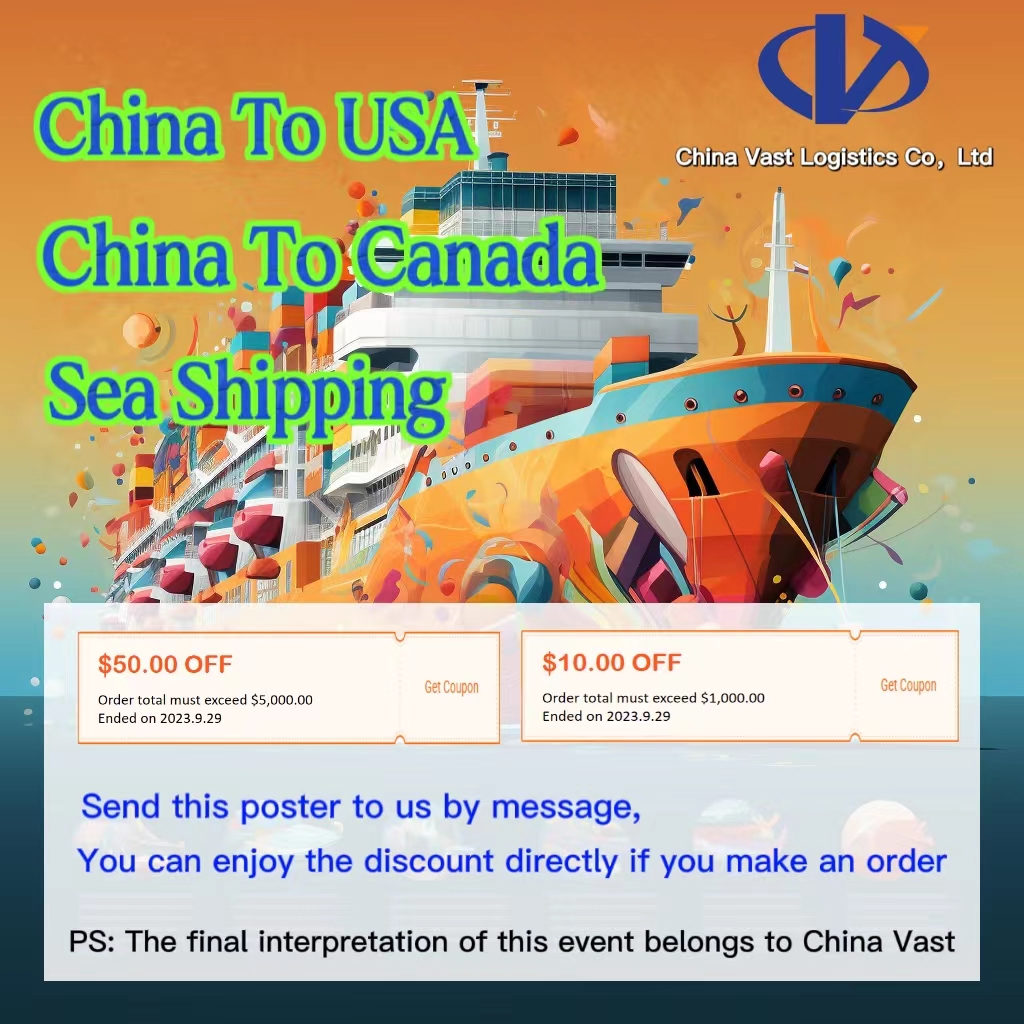If these fields are wrong, your goods may never reach the destination.
Many buyers assume customs declaration is a routine checkbox. In today’s China–origin export environment, it isn’t. Customs, tax, banking and logistics data are increasingly cross-checked end-to-end. If a single field on your export declaration contradicts the commercial documents, the system can flag it — leading to inspection, fines, re-declaration, or even re-export.
Below are 10 high-frequency red flags we keep seeing. Walk through them and benchmark your current process.
1) Exporter of Record name doesn’t match reality
- Typical issue: The exporter shown on the declaration is not the actual seller/shipper (e.g., borrowed or unrelated company name).
- Impact: Customs may demand underlying contracts, bank proofs, and logistics records. If the trade background cannot be substantiated → detention or re-export.
- Fix: Align exporter name with the real contracting party. Where a licensed agent is used, ensure there’s a verifiable, documented mandate.
2) Product description too generic
- Issue: Vague words like “parts” or “accessories” without function/material/context.
- Impact: “Insufficiently specific” → inspection or manual review; sensitive categories may be suspected of evasion.
- Fix: Use function + key material/process + model/spec so the item is recognizable.
3) HS code misclassification
- Issue: Historic/“convenient” codes reused; same SKU classified differently at different ports.
- Impact: Back taxes, penalties, compliance scoring hits; in severe cases, investigation into false declaration.
- Fix: Do a classification memo (regulatory notes, spec sheets, photos/manuals). Seek pre-classification advice where feasible.
4) Required declaration elements missing
- Issue: Brand, material, composition, power, dimensions, or end-use omitted.
- Impact: System intercepts; higher chance of inspection.
- Fix: Map your HS code to its mandatory data elements and keep traceable evidence (specs, test reports).
5) Quantity/unit inconsistency with invoice/packing list
- Issue: “Cartons” on the PL vs. “pieces/sets” on the declaration without conversion; inner/outer counts don’t reconcile.
- Impact: “Document–cargo mismatch” → inspection or amendment.
- Fix: Standardize units and conversion logic across quotation/PO/PI/invoice/PL/declaration.
6) Abnormal customs value
- Issue: Declared value far below reasonable market level; wrong currency or INCOTERM basis (FOB/CIF/EXW) mismatched.
- Impact: Low-value risk, supplemental tax, fines, delays.
- Fix: Anchor declaration value to contract + payment evidence, and state the correct INCOTERM basis.
7) Country of origin vs. documents don’t line up
- Issue: COO marked “CN” while inputs are cross-border; claiming preferences without meeting rules of origin.
- Impact: Preferential treatment revoked; retroactive duties; destination clearance rejection.
- Fix: Validate origin rules and manufacturing process; plan COO evidence early (and honestly).
8) Missing certificates at the wrong time
- Issue: CE/RoHS/UL, battery MSDS, fumigation, phyto/vet certificates prepared after departure.
- Impact: Hold at destination; storage/demurrage mounts; requests to retro-supply docs to origin.
- Fix: Build a destination compliance checklist and perform one pre-shipment document acceptance.
9) INCOTERMS / parties / funds trail don’t match
- Issue: Declaration says FOB, but service executed like DDP; payer/beneficiary differs from exporter on docs.
- Impact: Questions on trade authenticity; customs/tax/FX review may be triggered.
- Fix: Make INCOTERM – invoice – logistics – payment four-way alignment explicit; keep explanations on file for any justified variance.
10) Destination-required IDs or authorizations missing
- Issue: No EORI/UK VAT; Power of Attorney not compliant; broker lacks proper mandate.
- Impact: Destination customs won’t release; manual review; perfect origin paperwork but blocked at final mile.
- Fix: Maintain a destination dossier (EORI/VAT/POA/broker letters) and verify completeness before shipment.
A 60-Second Self-Check (Keep It Handy)
- Exporter name = matches contract/invoice/beneficiary
- HS code = backed by a classification note + data elements
- Value/currency/INCOTERM = consistent with PI/invoice/payment
- Quantity/units = consistent across PL/labels/declaration
- COO/certificates = verified early; rules of origin understood
- Destination requirements = EORI/VAT/POA confirmed
- Evidence chain = one continuous, auditable trail
How Vastlog reduces your risk — without drama
We don’t use “gray routes” or buy-on-behalf declarations. We build verifiable, traceable export paths that keep shipments moving and reputations intact:
- End-to-end export compliance review (docs chain, INCOTERMS, HS, destination asks)
- Licensed exporter / authorized third-party declaration with mandate
- Multi-port routing strategies balancing time–cost–risk
- Destination clearance coordination (certificates, registrations, broker mandates)
- Bilingual coordination and document visibility throughout
Contact
🌐 www.vastlog.com 📧 info@vastlog.com 📱 +86 137 8068 5000

